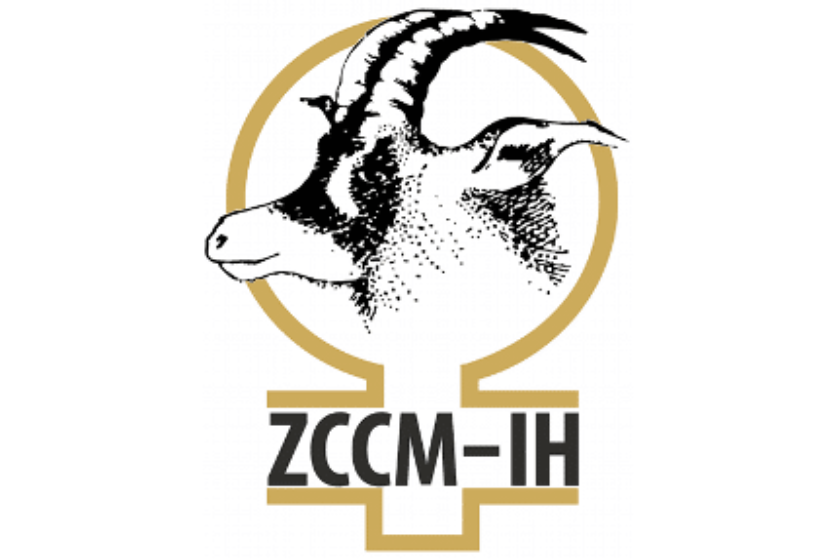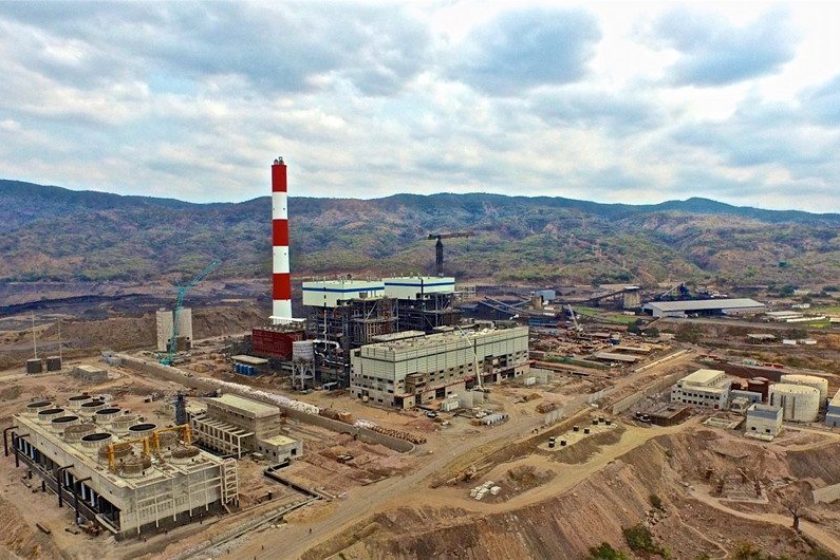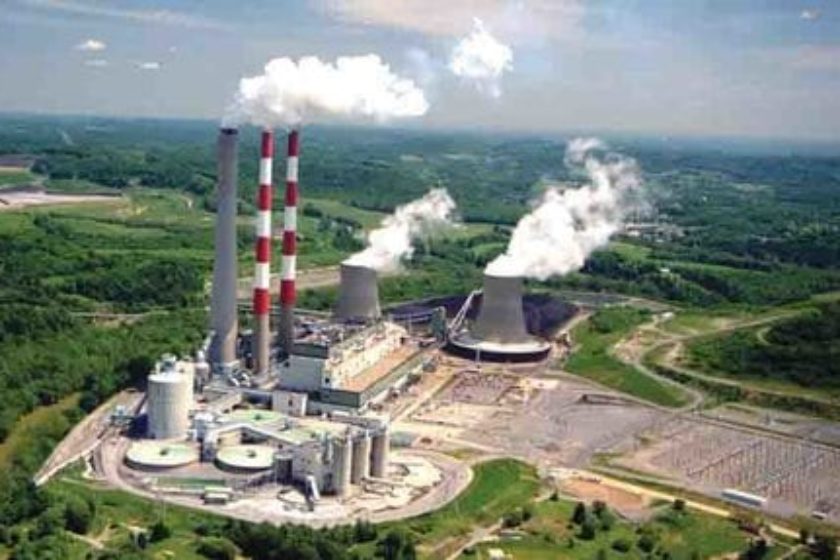Amidst lacklustre global commodity prices Zambia’s largest copper mine, Kansanshi, has opted to renew its fleet of blast hole drill rigs with more efficient and reliable Sandvik D25KS and DP1500i drill rigs.
In the face of tough times in the Zambian copper mining industry, Rob McMaster, key account manager for First Quantum Minerals Sandvik Zambia says, mining contractor, First Quantum Mining & Operations (FQMO), have taken a progressive step to ensure improved efficiency and reliable production by renewing their DR500 fleet with Sandvik D25KS and DP1500i drills that are easier to maintain and operate on site.
He adds that Sandvik has entered into a buy-back agreement with FQMO to trade in the company’s 11 Sandvik DR500 series fleet that are used for blast hole and pre-split drilling in preference for the 9 new Sandvik D25KS rigs and 4 new Sandvik DP1500i rigs. The bundled deal makes the transaction more affordable and is in-line with FQMO’s overall objectives.
Efficient production
“We work closely with our customers to ensure operations are run optimally at all times. When circumstances change and a mine’s requirements are altered along with it, then we do our utmost to restructure equipment and fleets in such a way that the customer’s new needs are met. This is precisely what we have done at Kansanshi where we are proud to deliver a solution that is tailored to Kansanshi’s current and changing future requirements. The new Sandvik D25KS and DP1500i drill rigs are machines that will require less maintenance and specialised care than the predecessors.”
“They are also hardworking and well-suited to the current conditions in the mine, so are expected to deliver many years of reliable service with the highest levels of availability throughout as have the previously supplied D45KS, D25KS and DP1500i drills. FQMO has a fleet of 30 drills and the new Sandvik D25KS & DP1500i drills are required to assist with the high production requirements.
“They will be joining a number of other Sandvik D25KS drill rigs, as well as the larger Sandvik D45KS and Sandvik DP1500i top hammer drills. The standardisation will in many ways simplify maintenance, stock holdings of spares, rock tools and parts to make the operation easier to manage,” McMaster says.
FQMO’s manager optimisation drill & blast James Bravery was the direct link for the deal and through numerous discussions and negotiations we came to an agreed solution which is the result of this buy back agreement, McMaster says.
About the D25KS rig
Thanks to its compact size, proven design and durable power groups, the Sandvik D25KS blast hole drill is a very stable and highly manoeuvrable surface drill for surface mining and large-scale quarrying.
It’s a down-the-hole (DTH) hammer drill with a high pressure air compressor, air-line lubricator and fine feed control. It is commonly used in large mining operations globally with a choice of hole sizes from 127 mm to 172 mm (5” to 6 ¾”). It is also the drill of choice among many contractors due to its efficiency and extreme reliability on difficult grades.
One of the biggest selling points is its speed and fast set-up with effective pipe handling of 9.14m length pipes with pipe sizes in diameters ranging from 89 -140 mm. Pipe loading is controlled from the operator’s cab with the effective handling of drill pipe contributing to shorter cycle times and getting more holes drilled.
About the DP1500i rig
The Sandvik DP1500i is an intelligent, self-propelled, self-contained, crawler based surface drilling rig equipped with a cabin, movable boom and a rod changer. It is perfect for production drilling in large quarries or open pit mines and construction work sites. It is also well suited for wall control (pre-split drilling) and development works. The rig can be customised to meet special customer requirements.
Investing for the future
The Sandvik D25KS and DP1500i machines will be required to work up 5000 hours per year and in the well-maintained environment of Kansanshi the rigs will see service for many years. “This deal underscores our willingness to work with mines to ensure that they have appropriate equipment at all times that are able to deal with their changing requirements. While a number of underground mines in Zambia have shut down or gone into managed care the surface mines in the North West copper-belt are faring better. Moves such as the drill rig fleet renewal at Kansanshi to more efficient varieties are a positive step and an investment in the future of the mines,” McMaster concludes.
Source: MQWorld




